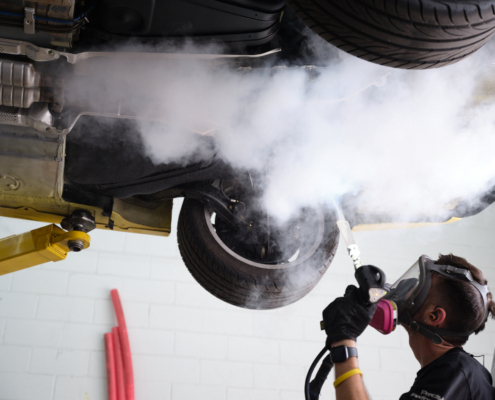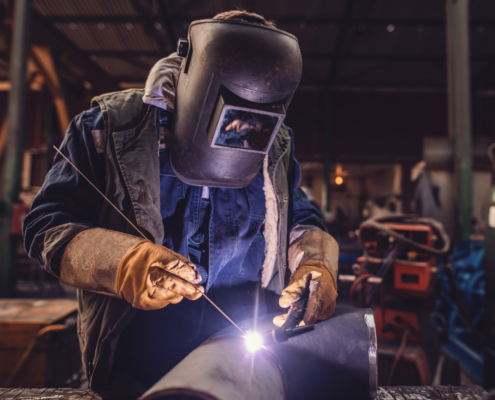Understanding Gas Regulators: A Beginner’s Guide
Whether you’re working in an industrial setting, a laboratory, or just handling gas at home for your BBQ grill, you’ve likely encountered a gas regulator, even if you didn’t realize it at the time. Gas regulators are indispensable components in any system where gas is used, ensuring safety, efficiency, and reliability. But what exactly is a gas regulator, and how does it work? Let’s dive into the basics to give you a solid understanding.





